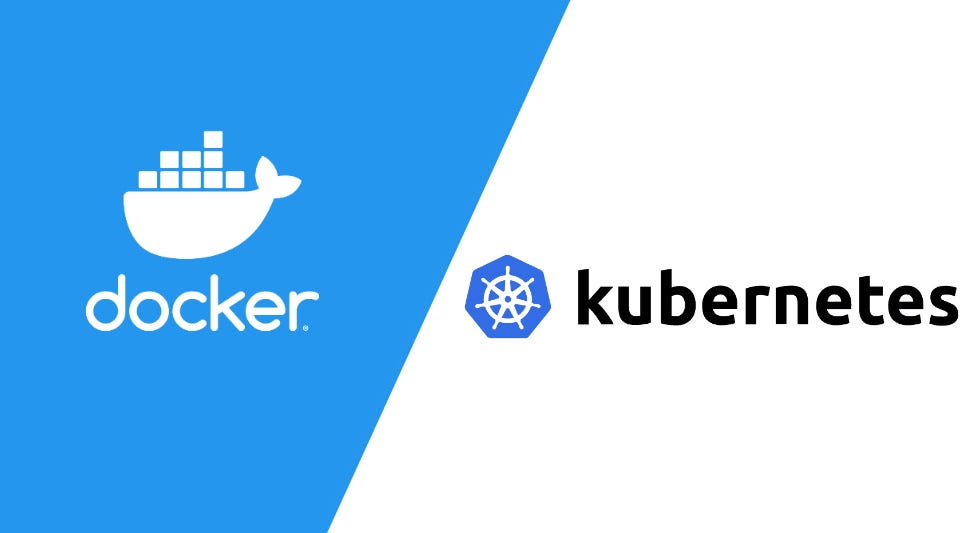Docker and Kubernetes have emerged as the mainstays of contemporary application development and deployment in today’s cloud-native ecosystem. A lightweight, portable, and consistent environment is offered by Docker containers, and Kubernetes manages these containers on a large scale. But enormous power also entails great responsibility, especially when it comes to protecting these environments. This blog explores how to improve Docker security in Kubernetes and provides advice on how to protect your containerized applications.

Understanding the Security Landscape
Before diving into specific strategies, it’s crucial to understand the security landscape for Docker and Kubernetes:
- Docker Security
- Although Docker containers segregate programs and their dependencies, there may be security vulnerabilities because they use the same kernel as the host computer. Securing the Docker daemon, image security, and container runtime security are important security considerations.
- Kubernetes Security
- Although Kubernetes offers orchestration features, it also adds complexity, like protecting the Kubernetes API server, keeping secrets, and making sure network policies are followed.
You may build a strong defense-in-depth plan for your containerized applications by including security best practices into both Docker and Kubernetes.
Tip 1: Use Trusted and Minimal Base Images
Why It Matters: There is a greater chance of vulnerabilities and needless exposure to possible attacks when using bloated or untrusted base images.
How to Implement:
- Trusted Sources
- Make sure to only utilize authentic photos from reliable sources. A excellent place to start is with the official Docker Hub repository or the registry that has been approved by your organization.
- Minimal Images
- To lessen the attack surface, use basis images that are minimal, such as “alpine“. There are fewer packages in minimal images, which means there are fewer possible weaknesses.
Tip 2: Implement Role-Based Access Control (RBAC)
Why It Matters: Kubernetes clusters are used to handle delicate processes and resources. Unauthorized users could obtain access to vital components in the absence of appropriate access restrictions.
How to Implement:
- Define Roles
- Assign individuals to roles that have the fewest privileges required for the tasks they must do.
- Assign Users to Roles
- To assign roles to individuals or groups, utilize RoleBindings and ClusterRoleBindings.
Tip 3: Network Policies for Pod Security
Why It Matters: Several services interacting via the network are common in Kubernetes clusters. Unrestricted communication may put security at danger.
How to Implement:
- Network Policies
- To regulate the flow of traffic between pods, define network policies. This guarantees that communication between approved services is limited.
Tip 4: Secure Secrets Management
Why It Matters: Security lapses may result from hardcoding private data into your application code or Docker images.
How to Implement:
- Kubernetes Secrets
- Keep private data, such as credentials, API keys, and certificates, safe there.
- Encryption
- Make sure that secrets are encrypted while they are not in use. Secrets can be encrypted using the EncryptionConfiguration resource with Kubernetes 1.13 and later.
Tip 5: Implement Pod Security Policies (PSPs)
Why It Matters: You can manage your pods’ security settings with Pod Security Policies. These policies let you limit access to privileged containers, manage volume kinds, and enforce security context settings.
How to Implement:
- Define PSPs
- To impose security settings at the pod level, create PSPs.
- Enforce PSPs
- To maintain uniform security rules, make sure that PSPs are applied consistently throughout your cluster.
Tip 6: Monitor and Log Activities
Why It Matters: It’s easier to spot security issues and take quick action when your Kubernetes cluster activity is continuously monitored and logged.
How to Implement:
- Monitoring Tools
- To keep an eye on the functionality and overall health of your cluster, use monitoring tools such as Prometheus, Grafana, and Kubernetes Metrics Server.
- Logging
- To gather and examine logs, use centralized logging systems like Fluentd or ELK Stack (Elasticsearch, Logstash, Kibana).
Tip 7: Regular Vulnerability Scanning
Why It Matters: Conducting routine vulnerability scanning assists in detecting and reducing security threats prior to their exploitation.
How to Implement:
- Image Scanning
- To check for vulnerabilities in Docker images, use programs like Trivy, Clair, and Aqua Security.
- Continuous Scanning
- Make sure that only secure pictures are released into production by including vulnerability scanning into your CI/CD process.
Conclusion
Optimizing Docker security in Kubernetes necessitates a multifaceted strategy that incorporates best practices from Kubernetes and Docker. You may make considerable improvements to the security posture of your containerized applications by utilizing trusted base images, enforcing pod security policies, setting network policies, securely handling secrets, keeping an eye on activities, and regularly doing vulnerability checks.
It is imperative to stay up to date with the newest security techniques and tools as Docker and Kubernetes continue to expand. As you move toward cloud-native development, adopt a proactive security approach and make use of Docker and Kubernetes’ robust features to create scalable, secure, and resilient systems.
